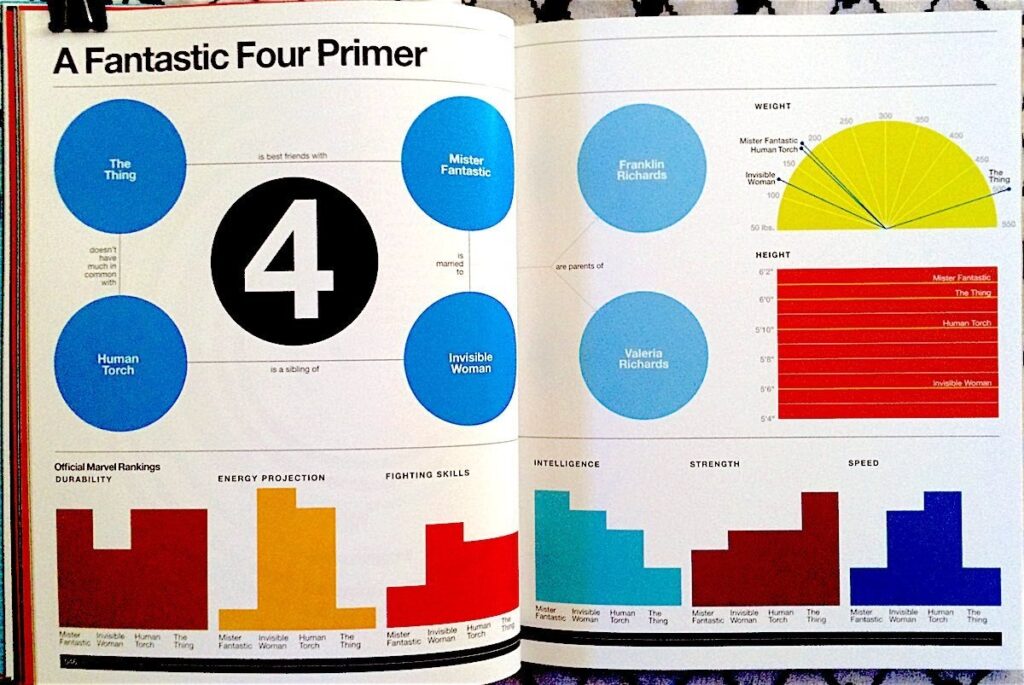Wood Burning
Tools for Possibilities: issue no. 75
Once a week we’ll send out a page from Cool Tools: A Catalog of Possibilities. The tools might be outdated or obsolete, and the links to them may or may not work. We present these vintage recommendations as is because the possibilities they inspire are new. Sign up here to get Tools for Possibilities a week early in your inbox.
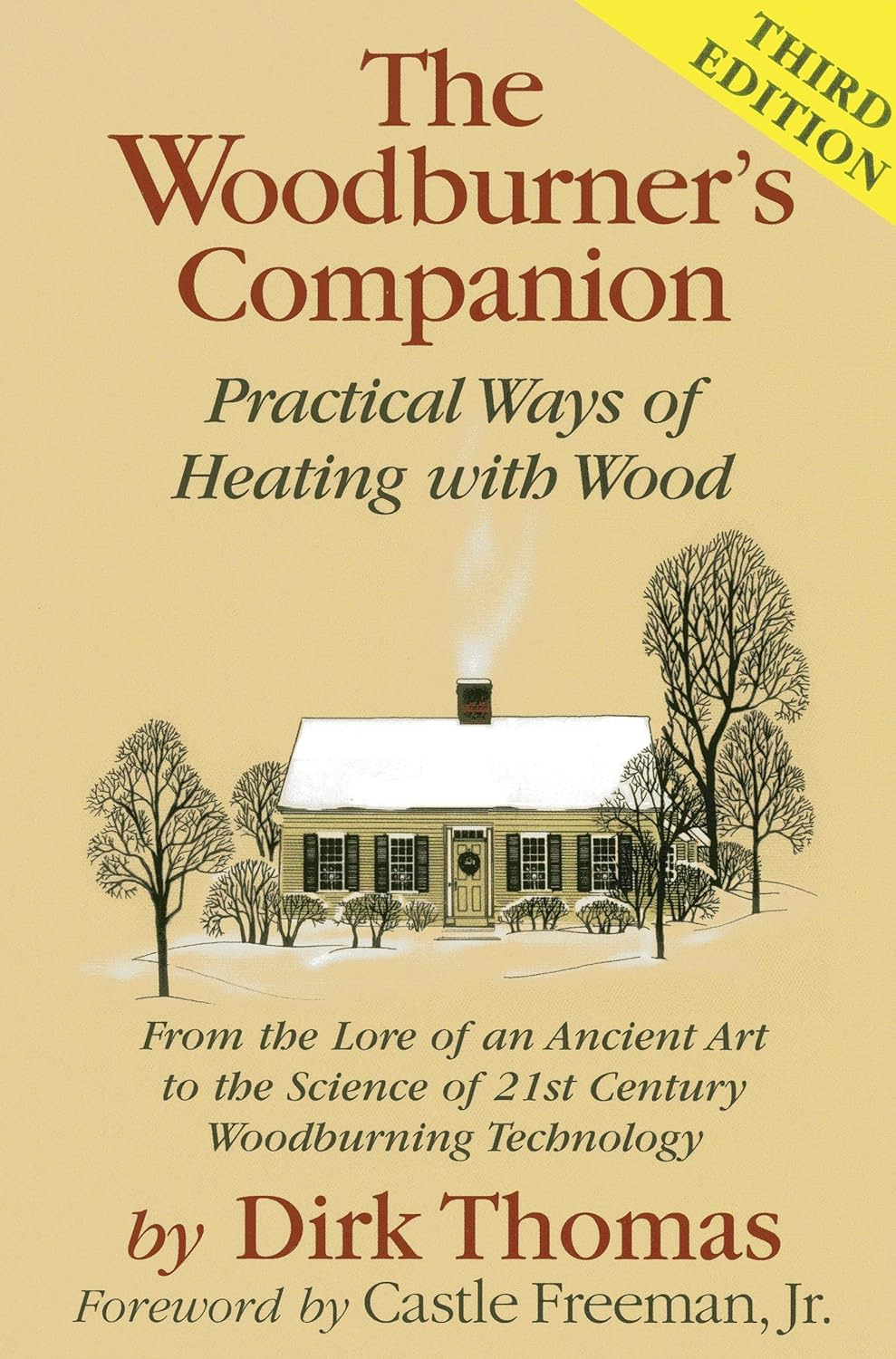
Best advice for wood heat
If you burn wood for heat, read this book. I was amazed at how much I learned, and I’ve relied on wood heat for a number of long winters. Read it twice if you are just thinking about burning wood. It’ll help you sort out whether you want a furnace, or stove; pellet or logs; masonry or metal, buy wood or cut it yourself, and so on. This is first-rate advice, pithy and to the point, up-to-date, well-written and insightful. The author is a professional chimney sweep and his instructions on how (and why) to clean your chimney are worth the price of the book alone. — KK
Does it make economic sense, then, to heat your home with wood? Yes, if you have more time than money, and yes, if you enjoy the work and ritual unique to this form of heat. Burning wood fits some ways of life in the same way that vegetable gardening and livestock raising do: it also saves money, but the savings are almost incidental to the satisfaction it can provide.
- Is heating with wood ethical? It may not be if you live in an area plagued by air pollution. It probably isn’t if you live in an area with little forested land. It isn’t if you harvest and burn your wood irresponsibly. If, on the other hand, your circumstances permit and you decide to become a responsible user of the resource, wood burning can be an integral part of a contained and conserving way of live with positive ecological impacts balancing the negative.
- Wood as the Primary Source of Heat This strategy will fit a few more households than the first: you’ve got a back-up heating system, so you have more flexibility. Your stove won’t completely run your life six months a year, but you’ll probably burn nearly as much wood as will those in the first category, so your house, location and lifestyle need to be nearly as accommodating.
- Wood as Supplementary Heat Even if your circumstance make major reliance on wood heat impractical, you might find that a stove or fireplace stove which heats part of your house some of the time will give you substantial savings on your fuel bills and a good deal of pleasure and comfort in the bargain.
- Wood as an Emergency Back-up Heat Source I mentioned the catastrophic ice storm of 1998 earlier, but even the lesser power outages to which rural areas are prone can be uncomfortable or even dangerous in severe weather. A just-in-case wood stove and a small supply of wood can turn a wretched situation into a merely inconvenient one.
- Masonry Heaters Instead of a round-the-clock fire maintained by periodic stoking and control of the air supply–the modus operandi applied to other serious wood heating equipment–masonry heaters rely on very hot fires–at time in excess of 2,000 degrees Fahrenheit–of short duration. Fires lasting only an hour or two heat a masonry mass weighing a ton or much more. The mass then radiates the stored heat for 12 to 24 hours, depending upon the weather. The extremely hot fires result in very clean burns.
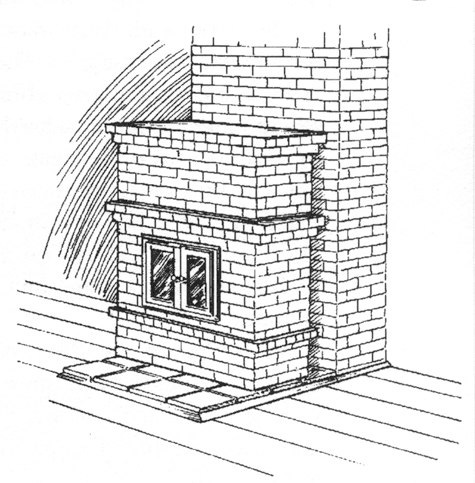
- A well-designed masonry heater, on the other hand, stores and radiates something on the order of 80% of the heat it produces. It does this by directing the intensely hot gases through a series of channels in the masonry mass. By the time the exhaust reaches the top of the chimney, it is almost cool, having left its heat in the masonry. The smoke does not deposit creosote if the heater is properly operated, because the fire is so hot that the tars and organic compounds are consumed in the firebox.
- Disadvantages Price. Pellet stoves usually cost more than wood stoves, and the fuel isn’t cheap. As a national average, pellets currently cost about $3.50 per 40 pounds, or $165-$175 per ton. With 1 ton of pellets having the heat value of 1 1/2 cord of hardwood, fuelwood must cost $100 per cord in your area for pellets to be an economical fuel.
- Keep the chimney inside. Chimneys that are in the house for most of their length stay cleaner, work better, last longer and return more heat to the house than do chimneys outside the exterior walls.
- If you see 1/4-inch of creosote, you’ll know that the chimney needs cleaning, but the absence of creosote where you can see doesn’t mean that there’s none elsewhere.
- Detection of a chimney fire is not usually a problem. It will likely announce itself with a prolonged roaring noise, smoke and odor in the house and thick, dark smoke and/or sparks and flames coming out of the top of the chimney. Some chimney fires are not so dramatic, probably because they haven’t enough fuel or oxygen to really take off, but all chimney fires are potentially destructive and should be taken seriously. To people who regard them as a harmless way to clean a chimney, I can only say that physicians used to bleed people who were ill, too; all of the available objective evidence indicates that both practices are foolhardy.
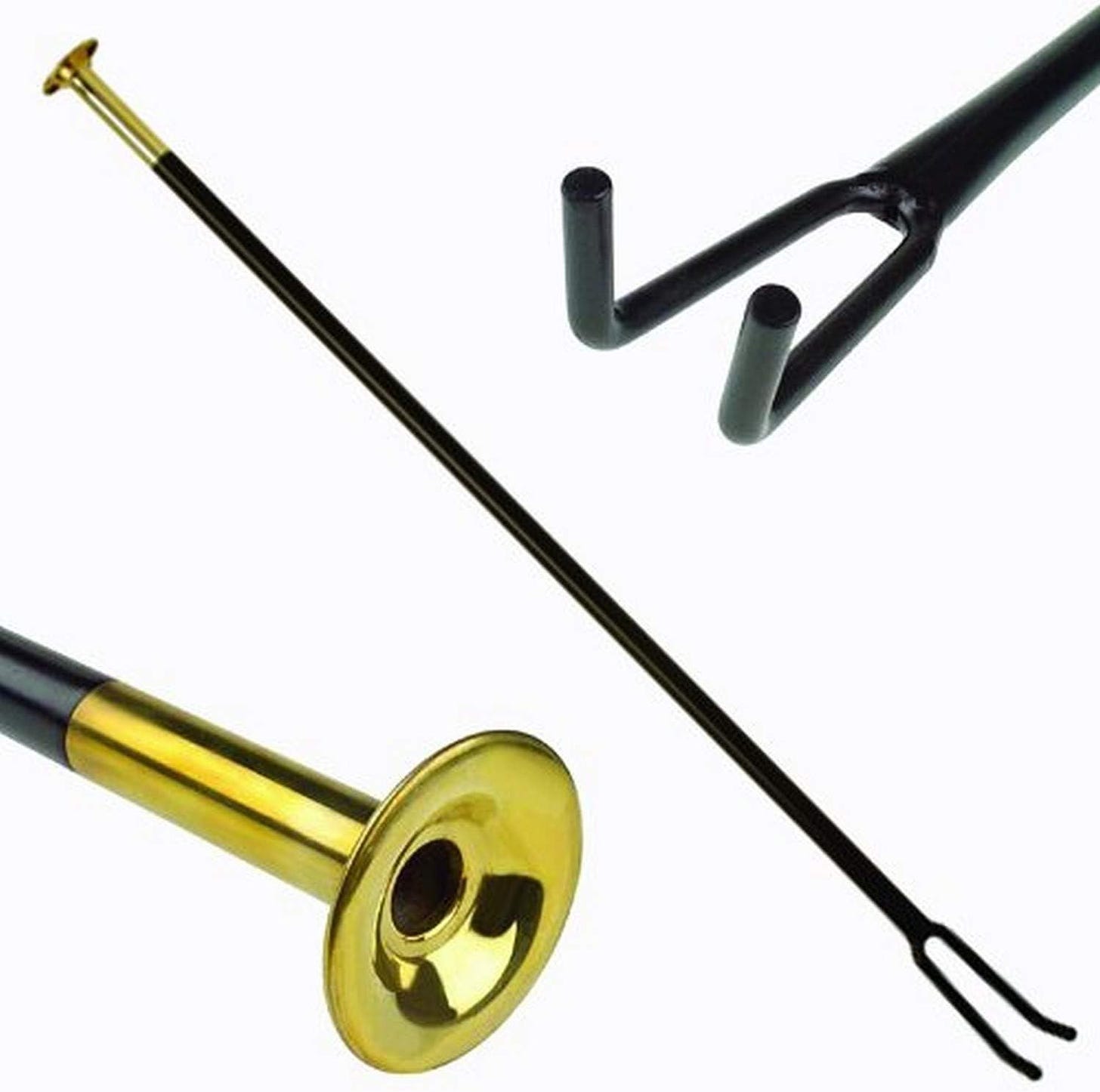
Fire bellows poker
I’ve been using the FireDragon for the past five years to quickly and efficiently get my woodstove burning. It allows me to get a fire started using a minimal amount of tinder and kindling, and without any other firestarters. This is one of those simple, good ideas. You blow into the FireDragon to shoot a directed, bellows-like blast of air into your fire, creating a supercharging effect. This helps get larger chunks of wood to ignite and burn steadily when lighting a fire or adding a new log to a fire that isn’t burning well, and it can return a smoldering fire to blazes with a few puffs.
It’s basically a 3-foot long steel tube with a brass mouthpiece (that makes me think of a flattened trombone mouthpiece) and a forked end that can serve as a fire poker, log re-arranger, and coal raker. The manufacturer says they got the idea from Civil War soldiers that would take the barrels off their rifles and blow through them to fan their campfires.
Now I find I want the FireDragon any time I’m around a fire, so it goes along camping. It is plenty sturdy. No moving parts, and easy to use. — Brent Inghram
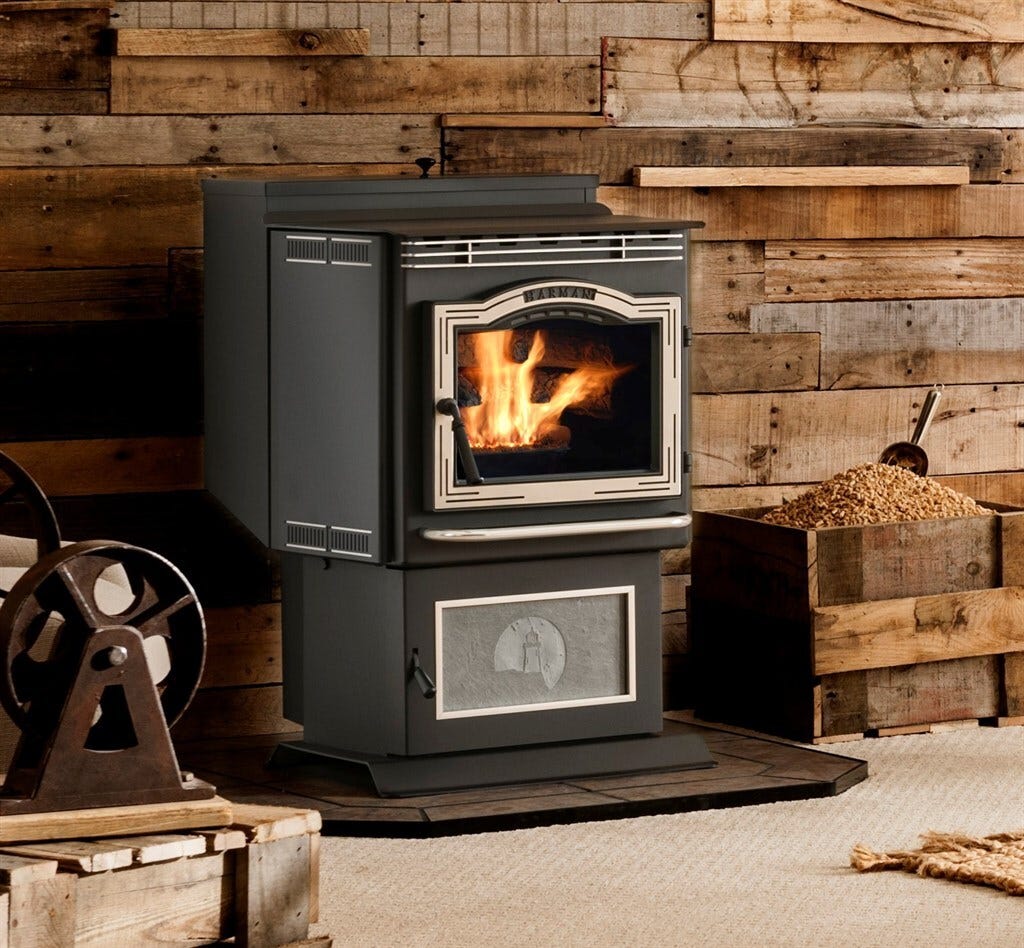
Automatic wood heating
Wood pellet stoves are an alternative way to heat a home. The stoves use wood pellets, which look exactly like rabbit food, and are made out of dried recycled compressed sawdust from lumber mills that otherwise ends up in landfills. They were invented in the 1980s and were popular for a while then declined some in the late 90s but since 9/11 have made a big comeback. The industry for stove manufactures, pellet distribution and stove technology has greatly matured and is nationwide.
Wood pellet stoves have a number of advantages over normal wood stoves. Because the stoves are so efficient, there is almost no smoke or creosote produced, in fact the exhaust is barely even hot so the stove doesn’t need a masonry chimney and can be installed anywhere a tin metal liner can be put in, either directly into the roof, or sideways out a wall. They can be stand-alone stoves on legs in the corner of a room, or chimney inserts using an existing chimney. Unlike wood stoves, pellet stoves work well in urban environments because of little exhaust and no need for a chimney and can be installed in any room.
The pellets come in 40 pound plastic bags, about the size of a mulch bag, which makes transport and storage a snap compared to dealing with cord wood. A fully automated stove requires filling up with the pellets and turning on; the stove does the rest: it automatically lights, automatically feeds the pellets into the flame with an auger, automatically adjusts the rate to keep the room at a pre-set temperature with an electric thermostat. At the low setting I can go 76 hours on one load in my Harman stove, which is a fireplace inset so it is limited in hopper size. There are other stoves that have bigger hoppers. Indeed there are pellet furnaces that can hold weeks worths of pellets and heat an entire central heating system.
A 40 pound bag of pellet wood produces less than a cup of ash so it rarely needs to be emptied (keep the pellet hopper and ash tray size in mind when shopping for stoves). I need to vacuum the ash pan in my Harman stove after burning fifty 40lb bags –about every two months during heavy use.
Typically they are sold by the pallet, which is 50 bags or 1-ton, for $120 to $200. You will need storage space and some brawn. How much you use will depend on the stove, season, comfort level, space, etc., but the general recommendation is 1 bag of pellets a day. In my experience it can be much less than that based on your comfort level and weather and time at home. Wood pellets can be found at most hardware stores around the country including Home Depot, Ace, etc. Pellets come in 3 grades, depending on ash content (less ash the better), the higher grade pellets are hardwood while the lower grade is pine, most of the major hardware chains sell the middle grades.
The stoves require electricity to run so if you lose power it won’t work, which is a notable drawback, although there are solutions such as a generator or battery back up. I personally have a long extension cord to an inverter in my car in the driveway in case of a heating emergency.
Pellet stoves range in price from $1200 to $3000. Harman is way ahead of the game with computerized sensors and controls and is the brand I recommend. The stove I own is Harman’s Accentra Insert, and it was $2800 installed complete.
Are wood pellets cheaper than gas or oil? Probably not, although they may be in some areas, but there are environmental “costs” to consider. — Stephen Balbach
02/26/24













